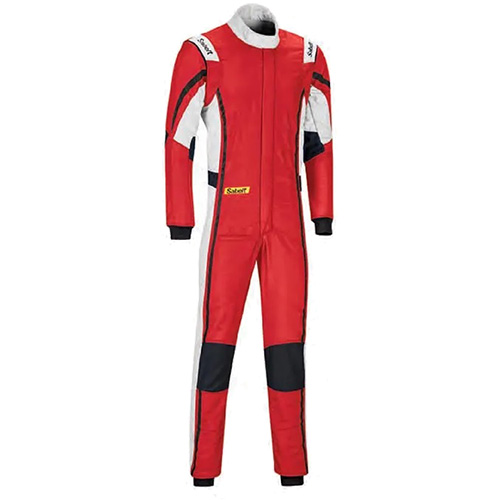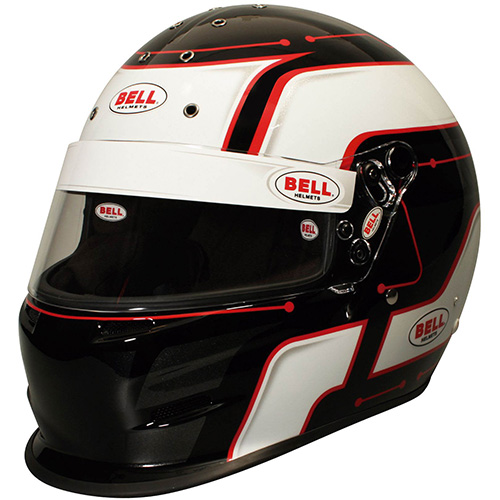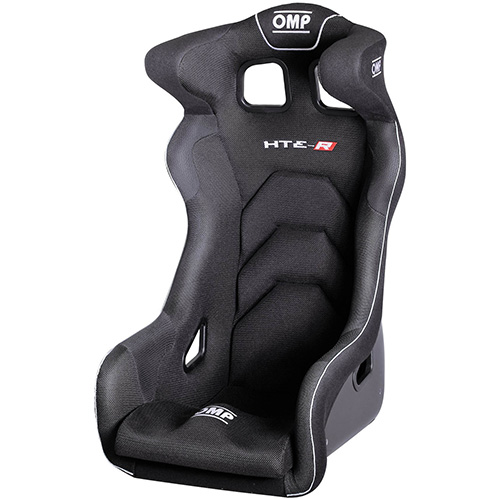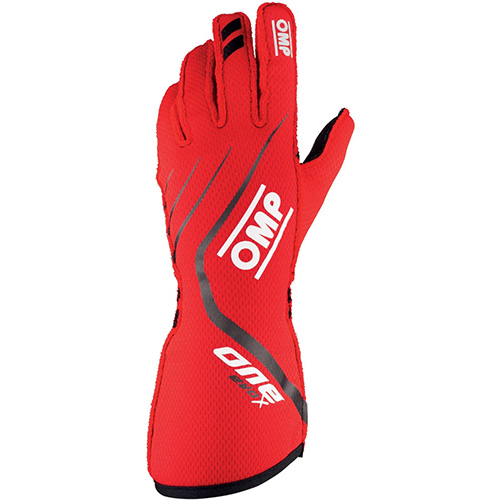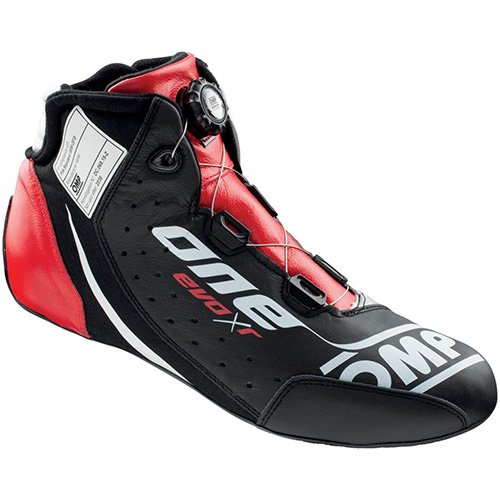Speed Secrets: The Napkin Manifesto
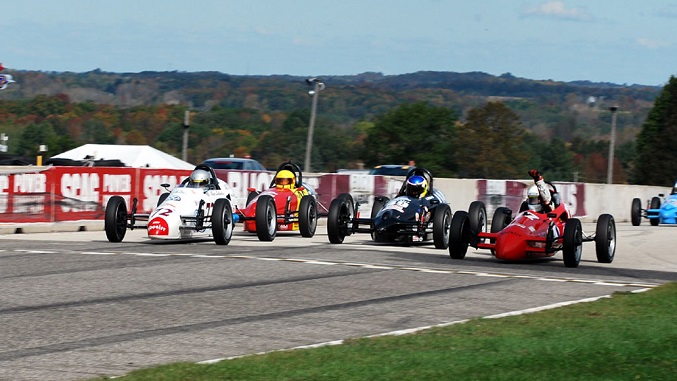
Photo: Racer.com
Driver coaches don't know everything, far from it. The idea is not to be a know-it-all but a thoughtful ally. The constant refrain in my head is simply this: What can I say that will most help? Coaches are learning as well, if we stay awake. I learned something in a bar near Road America that I've used every track day since.
I was coaching Canadian Jim Hallman in D Sports Racing at the 2012 Runoffs. I had worked with Jim on two test days and two qualifying sessions. I'd been all over the track doing segment times, and watching his progress. It was our first collaboration, but we'd established a good working relationship. Jim was thoughtful and game. As the fastest car in club racing, a D Sports Racer really gets your attention through the quick stuff. It was going in the right direction but there was, as always, room for improvement.
Final qualifying was the next morning. The weather looked steady and there were no big changes on the set-up. I sat alone at a bar in nearby Plymouth awaiting my pizza and drinking a beer. After the din of the track and the seeming constant interactions, I appreciated the relative silence. I could relax, but my brain never really shut off. And because I was alone, I could hear myself think. The thought was the same simple, direct inquiry: What can I say that will most help? As a middle-aged, successful businessman, Jim didn't need a cheerleader.
Jim was making steady gains, and his crew was giving him a solid chassis. He had the very experienced Bill Vallis looking after the car, and Jeff Mitchell on top of the data. They had worked together for years. The car looked planted, it felt steady to Jim, and the data backed that up. When we debriefed, I did not detect the strained vocal tones of a driver with reasons for doubt. How best to get the driver to progressively and safely push the envelope? He was going 150 mph as he turned in for Turn One. This was not tiddlywinks, as my old friend Bill Noble would say.
I reached for a paper napkin and began to jot down numbers in a column as I thought myself around the track. I recalled how Jim's segments compared to the front runners. I didn't want to burden him with a large expectation. I wrote down a target of a 0.1 – 0.2 second gain in Turn 1. Remembering his times thus far, I wrote down the same target gain for Turn 3. But for Turn 5, I suggested no gain, as he'd begun to overdrive the entrance at the expense of the exit. He'd cleaned that up and I didn't want a general sense of urgency and desire to replace his established precision. In fact, Turns 6 and 7 were also slated for no gain. But at the critically important Turn 8, I suggested a 0.2 – 0.3 second improvement. At Canada Corner, I wanted Jim not to charge deep, in order to preserve a good exit launch, so no gain was suggested there. At Turn 14, I targeted another 0.1 – 0.2 gain. My pizza came, and I ordered another beer. A long day at the track can dry you out.
Racing is a visceral challenge. It can be wild and wooly but we need a strong sense of calm belief and a deft touch at the controls. I'm a big believer in being in the right mood. Doubt is not your friend. The hour or two before a performance of this type is not the time for complex analysis, quizzes, or confusion. It is "go" time. Do you feel mentally ready? Just as there is a sweet spot for your suspension, motor, exhaust, etc. there is a sweet spot for your mental outlook. Yet many racers, uncomfortable with looking at themselves, direct all their attention to the car. As to finding their mental sweet spot, they just hope it "happens." A good driver coach can help a driver find their sweet spot. I don't tune the car, I tune the helmet.
Everyone is different, but I firmly believe the best message you can give a driver (based firmly upon established evidence, of course) is simply: "You – can – do – this." The morning of the final qualifying session, Jim and I didn't have a long and detailed discussion. I showed him the napkin and I said, "These are all reasonable goals, don't you think?" He scanned the napkin and agreed. We discussed the track condition, the wind, and the temperature and such. Then I left him alone. I was in the vicinity if he had a question. When I drove, I didn't like to be pestered in the last 30-40 minutes prior to a session, let alone final qualifying at the Runoffs. I was getting in the mood.
Adding up the totals, the napkin manifesto called for, at most, a 0.9 second improvement, nothing to sneeze at. In conditions that were essentially the same as all week, Jim went 3.1 seconds faster and gridded 7th fastest. I met him at the car and congratulated him. Then I pointed toward his trailer and said, "Now go do your track map." He walked towards the trailer but halfway there, he spun around and looked at me. "It was easy!" he said with a grin that I could see right through his full-face helmet.
Since then, at the end of the day, I almost always leave my drivers with a track map marked with two or three segments where I feel they are ripe for a 0.1 – 0.2 second improvement. It is a clear way to focus the mind. I think what worked for Jim Hallman that day at Road America was a combination of factors:
- We'd established a good working relationship, and he had made gains.
- The car was solid, and he had confidence in his team.
- Our communication was succinct and clear, and it was written down.
- The list of proposed gains was tailored to his performance.
- The goals were not unreasonable or intimidating.
- He reasonably believed he could achieve the targets.
This was indeed an extraordinary gain. But gains are often lurking, the trick is to help them come out. His data guy gave me a great quote for my website: "There are lots of people in racing that can identify a problem but very few that I have seen that can create scenarios where the driver will truly believe the coach and take positive steps to fix it."
Sometimes, a driver coach almost feels like he is driving the car. This was one of those days. A nice bonus to making gains is that everyone is happy. And happy drivers go faster. It took me a very long time to learn that as a driver. As a coach, not so much. Like I said, coaches are learning, too.
– James Kearney
Facebook: https://www.facebook.com/kearneydriverdevelopment
Exerpted from Ross Bentley’s Speed Secrets Weekly. For more tips and additional articles on the art and science of racing, click here to subscribe.
Also be sure to check out Ross Bentley's book, Ultimate Speed Secrets: The Complete Guide to High-Performance and Race Driving.
